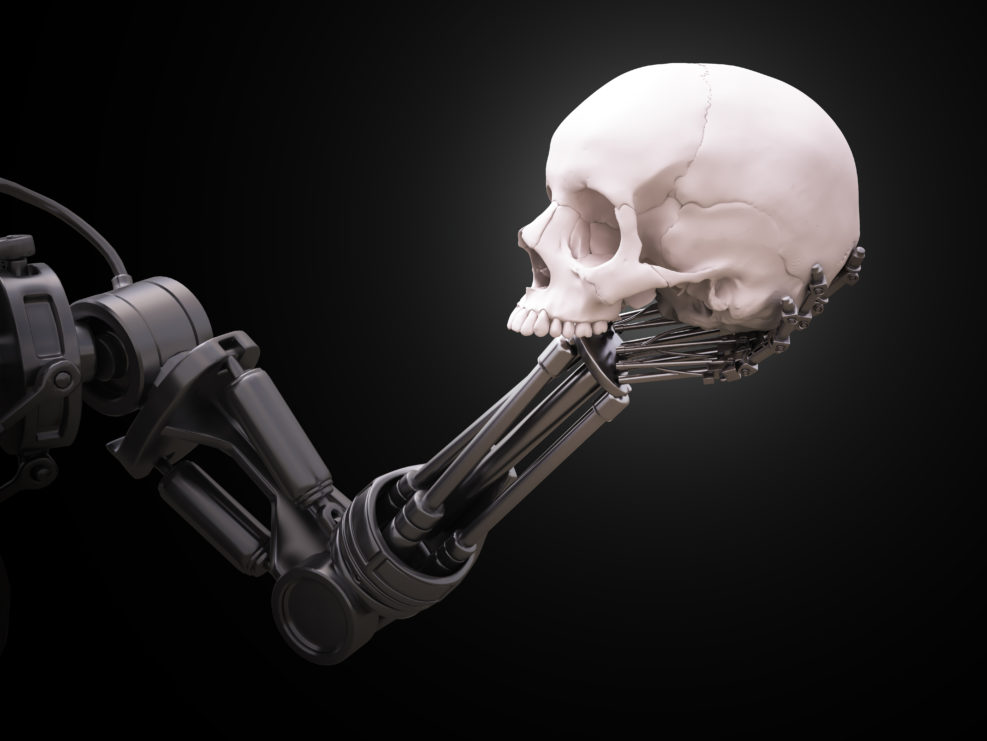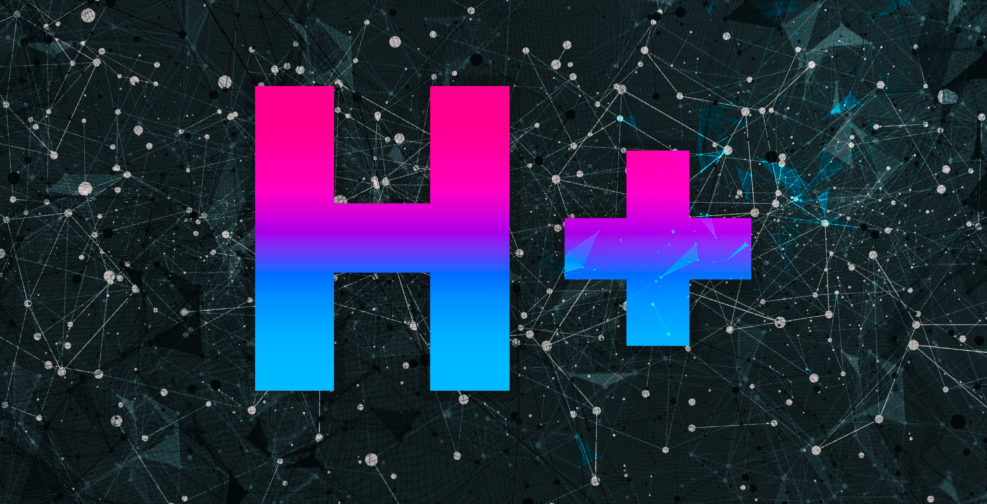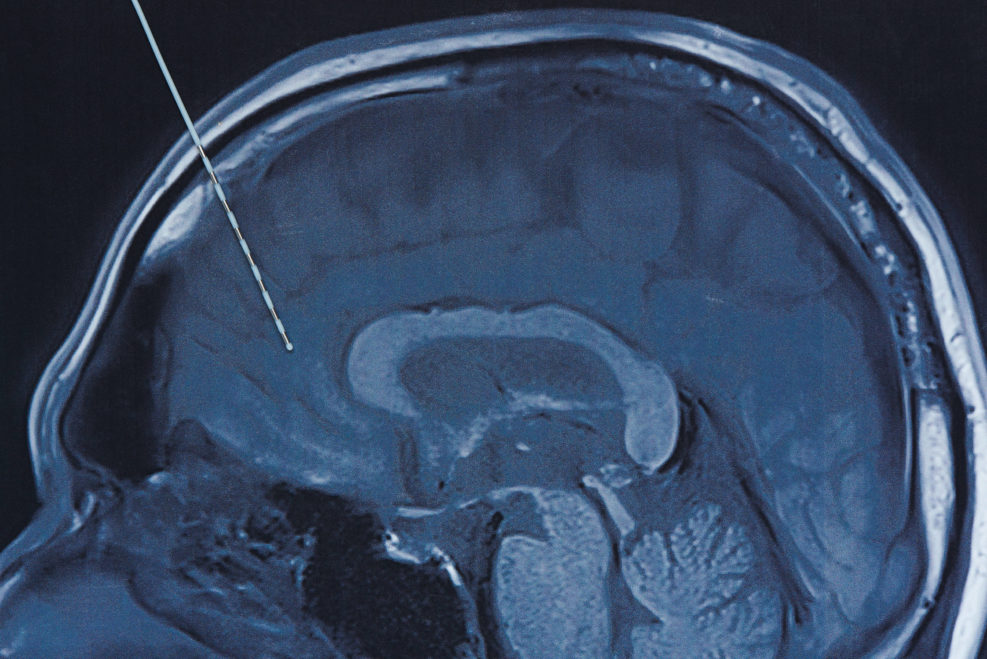
Getting Started with Kubernetes: A Cluster Setup Walkthrough
Setting up a Kubernetes cluster in Linode is incredibly simpleThis series will give you an overview of Kubernetes, the popular open-source cloud computing platform developed by Google. Kubernetes allows for the development of cloud-based platforms using entirely open specifications, so you are never tied down to a specific vendor. Many cloud vendors, such as AWS, have proprietary ways of developing scalable web applications (such as their Lambda system). The problem is that this ties your application to their system, and, as we have seen with Parler, Amazon gives and Amazon takes away. Therefore, it is wise to not tie your infrastructure too tightly to a single vendor. Kubernetes allows you to build large-scale scalable applications in the cloud in a way that is transferable to a variety of vendors. Read More ›


















